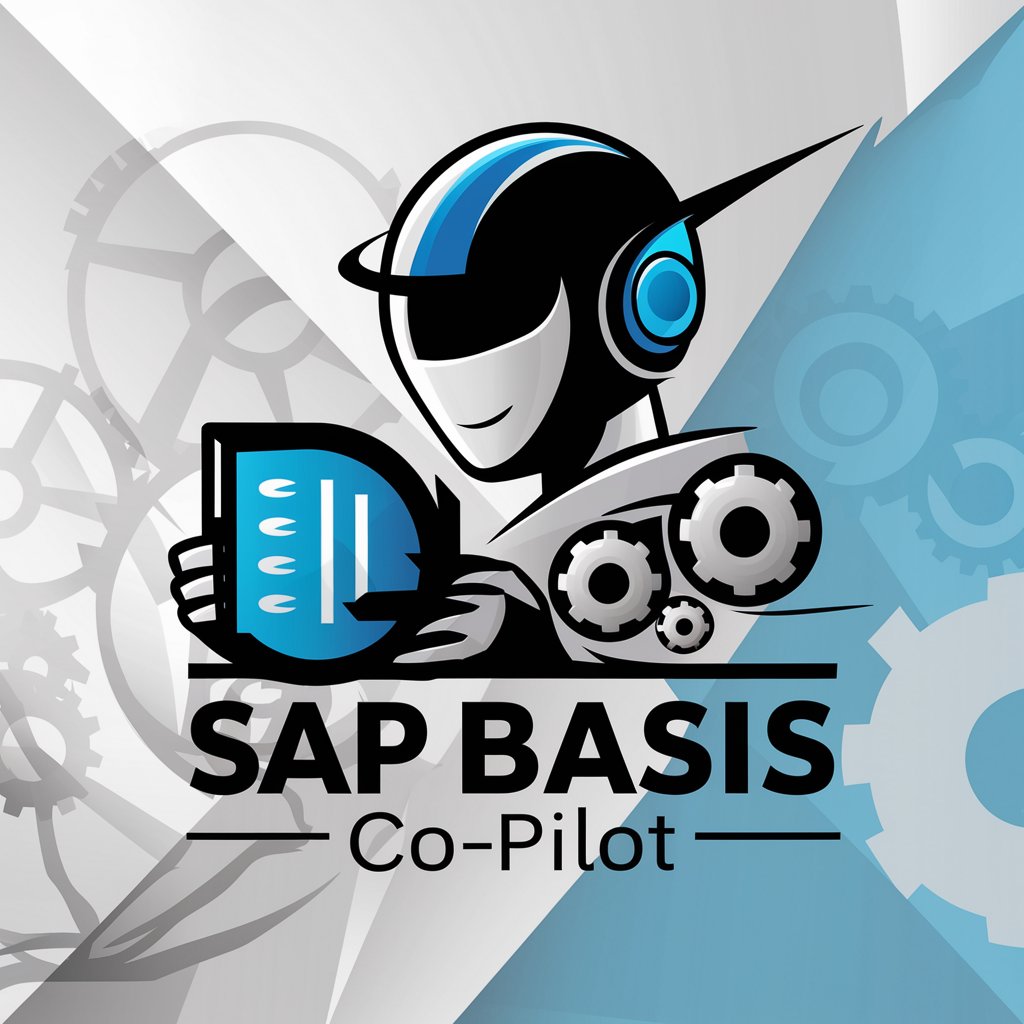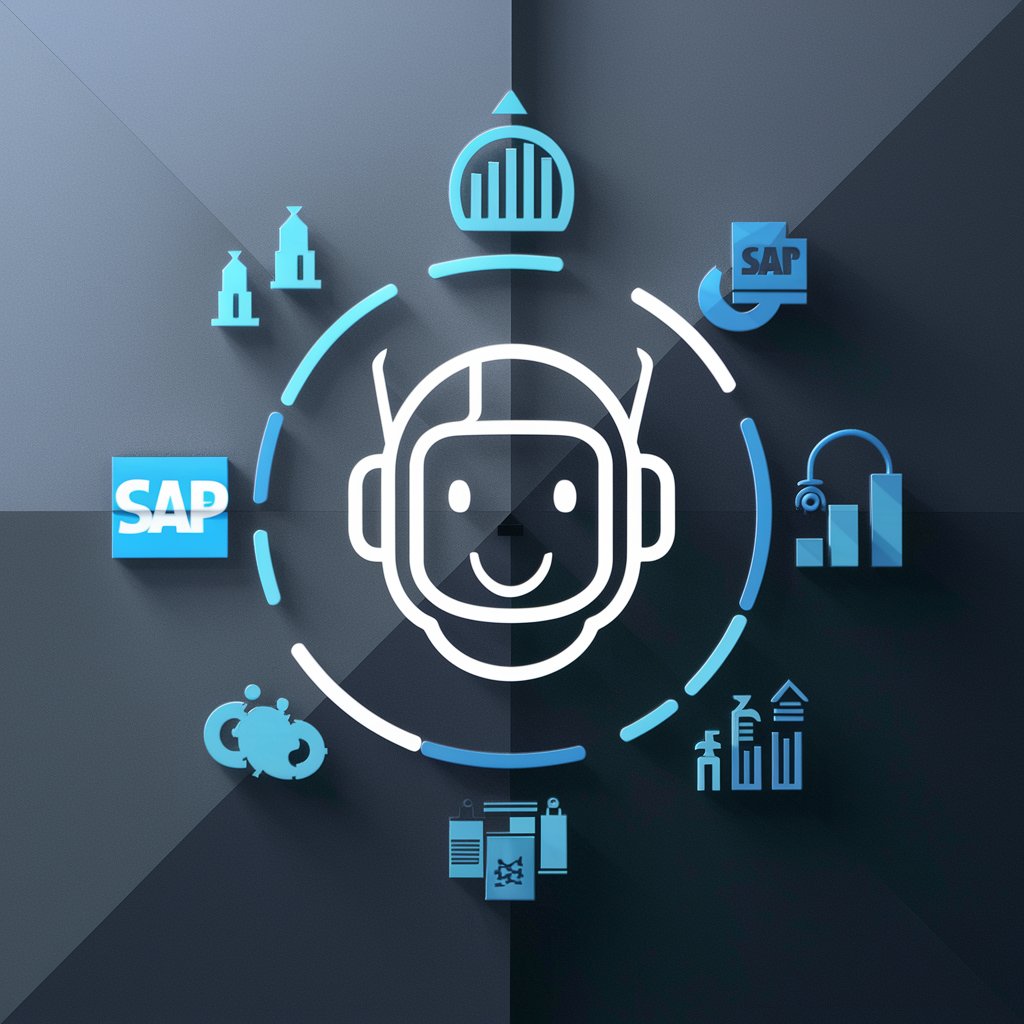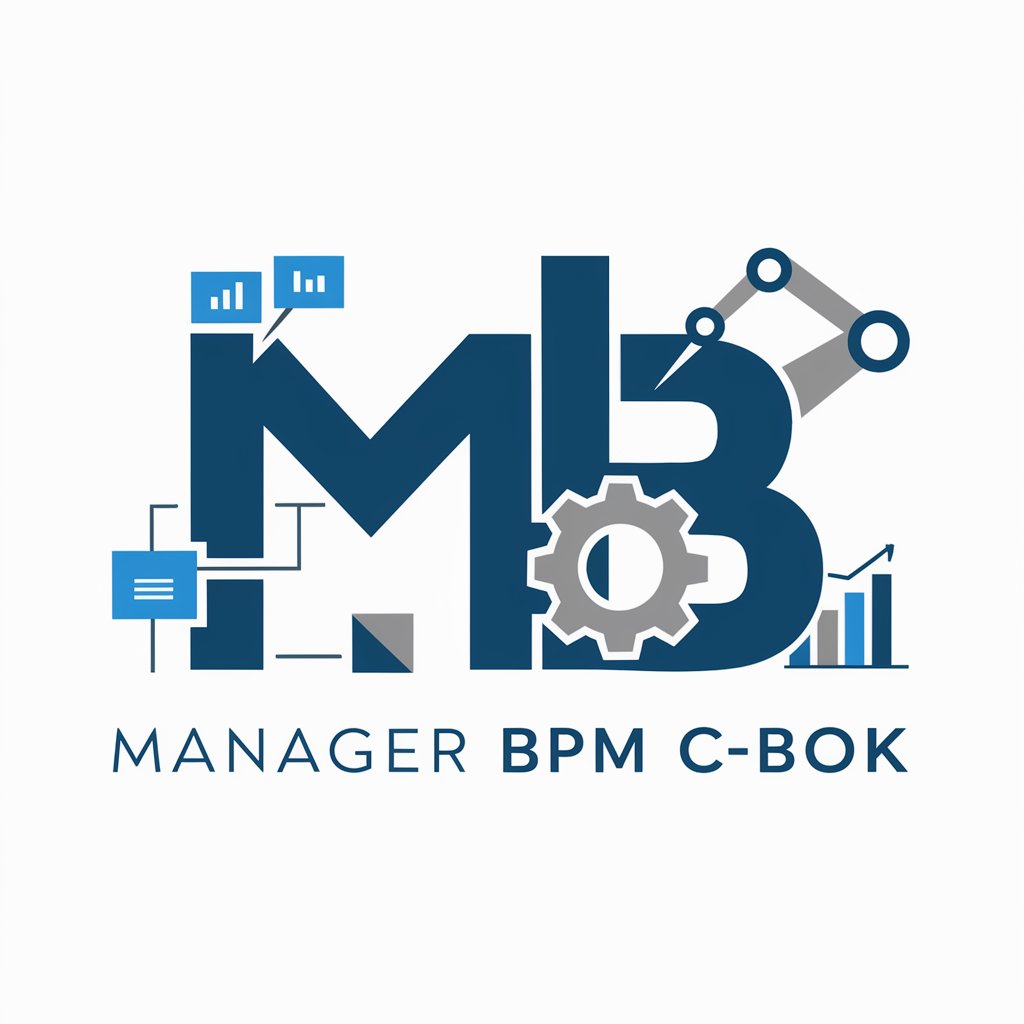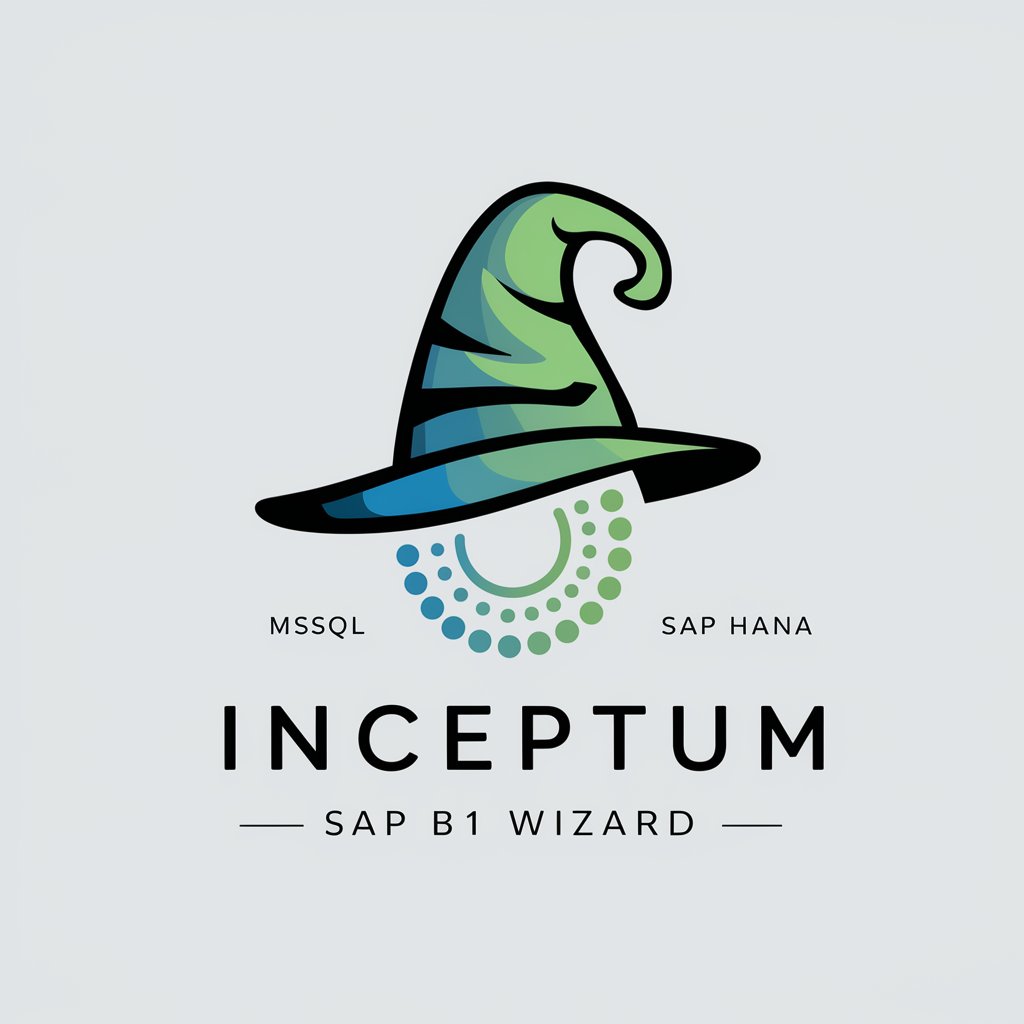
SAP PI PO CPI and Integration Wizard - SAP integration tools and support.

Expert in SAP integration, offering advice on middleware tools and best practices.
AI-driven integration solutions for SAP.
Need help with troubleshooting PI issue?
Explain how to set up REST receiver channel in SAP PI.
Give examples of Asynchronous interfaces in SAP PI.
Best practices for SAP Cloud Integration?
Get Embed Code
Introduction to SAP PI, PO, CPI, and Integration Wizard
SAP Process Integration (PI), Process Orchestration (PO), Cloud Platform Integration (CPI), and the Integration Wizard serve as middleware solutions designed to facilitate seamless integration across various SAP and non-SAP systems. SAP PI is primarily an on-premises tool, designed to handle complex integrations, acting as a middleware that enables communication between diverse systems using a range of protocols and message formats. SAP PO extends PI's capabilities by adding Business Process Management (BPM) and Business Rules Management (BRM), which allow users to define business workflows and processes in addition to message handling. CPI, also known as SAP Cloud Integration, is a cloud-based middleware designed for integrating applications in a cloud or hybrid environment. The Integration Wizard is built to simplify integration, making it user-friendly for handling different integration scenarios by providing predefined templates and guided workflows. For example, a company using SAP ECC for ERP may need to integrate with an external payroll system that uses a different protocol like REST. SAP PI/PO would manage message translation between the two systems. In contrast, if a cloud-native application, such as SAP SuccessFactors, needs to connect to on-premise SAP systems, CPI provides the flexibility to manage that integration securely. Powered by ChatGPT-4o。

Main Functions of SAP PI, PO, CPI, and Integration Wizard
Message Transformation and Routing
Example
SAP PI/PO allows the transformation of messages from one format to another, such as XML to JSON, and routes the message to the correct destination.
Scenario
A multinational company needs to convert incoming invoices from a supplier’s system in XML to a format compatible with its SAP ECC system. PI/PO handles the transformation and routing, ensuring seamless communication between both systems.
Cloud-to-On-premise Integration
Example
SAP CPI facilitates integration between cloud applications and on-premise systems, securely transmitting data between environments.
Scenario
A retailer uses SAP SuccessFactors for HR management (in the cloud) and needs to send employee data to its on-premise SAP ERP system. CPI handles this connection, ensuring data is synchronized across systems without compromising security.
Predefined Integration Scenarios and Adapters
Example
Integration Wizard offers pre-built templates and adapters for common integration patterns, reducing time to implement complex integrations.
Scenario
A logistics company wants to integrate SAP S/4HANA with Salesforce for order processing. Using pre-configured adapters in CPI or Integration Wizard speeds up the integration, reducing the need for custom development.
Business Process Management (BPM)
Example
SAP PO extends PI's functionality with BPM to allow the orchestration of multi-step processes involving different systems and decision points.
Scenario
An insurance company processes customer claims involving several departments. With PO's BPM, they can automate the workflow, ensuring that claims pass through approval, validation, and payment steps automatically.
Secure Data Transmission and Compliance
Example
CPI and PO ensure that data transferred between systems follows encryption and compliance standards such as GDPR.
Scenario
A healthcare provider needs to transfer sensitive patient data between a hospital's on-premise system and a cloud-based analytics platform. CPI ensures the data is encrypted and meets all relevant compliance regulations during transmission.
Ideal Users of SAP PI, PO, CPI, and Integration Wizard
Large Enterprises with Complex IT Landscapes
Enterprises managing multiple systems, both SAP and non-SAP, on-premise and in the cloud, benefit from the message routing, transformation, and orchestration capabilities of PI, PO, and CPI. Their IT teams can manage integrations centrally and ensure compliance across geographies.
SAP-Centric Organizations
Companies that rely heavily on SAP systems for ERP, CRM, and other business functions will find PI/PO/CPI essential for integrating with other SAP and third-party applications. These tools help ensure business continuity by allowing seamless data exchange across the landscape.
Cloud-First or Hybrid Cloud Organizations
Organizations that are adopting cloud-based solutions or operating in a hybrid environment, such as those using SAP S/4HANA Cloud, benefit from CPI’s ability to manage cloud-to-cloud or cloud-to-on-premise integrations efficiently.
IT Integration Specialists and Developers
These tools are well-suited for developers and integration experts responsible for managing and developing integration scenarios. They provide flexibility in custom development (e.g., Groovy scripts), error handling, and performance monitoring.

Guidelines for Using SAP PI PO CPI and Integration Wizard
Visit yeschat.ai for a free trial without login, also no need for ChatGPT Plus.
Access the service directly without any need for advanced subscriptions or logins, making it easy to explore the tool’s features.
Set Up the SAP Environment
Ensure you have the necessary SAP systems like PI, PO, or CPI configured and accessible, with authorization for integration.
Define Integration Scenarios
Choose your integration pattern such as IDoc, OData, or SOAP. Plan how data flows between systems and determine necessary connectors.
Implement Integration
Use SAP PI or CPI to configure adapters, routes, and transformations. Leverage Groovy scripts for custom logic, like parsing JSON or XML data.
Monitor and Optimize
Use the monitoring dashboard in CPI or PO to track message flow and performance. Optimize integrations using error logs and process improvements.
Try other advanced and practical GPTs
Makler Optimierung
Empowering Real Estate Decisions with AI

Summary Scribe
Revolutionize reading with AI-driven summaries

Patent Claims Writer
Streamlining patent claims with AI precision

KNOW YOUR PATENT
AI-Powered Patent Solution Insights

CREATION WEB
Empower Your Words with AI

Critical Analysis Helper
Enhance Your Essays with AI

SyncroScripter
Power your MSP with AI-driven scripting

Natural Gas Compliance Consultant
AI-powered Regulatory Guidance

Asistente creativo Naaplex
Unleash Creativity with AI
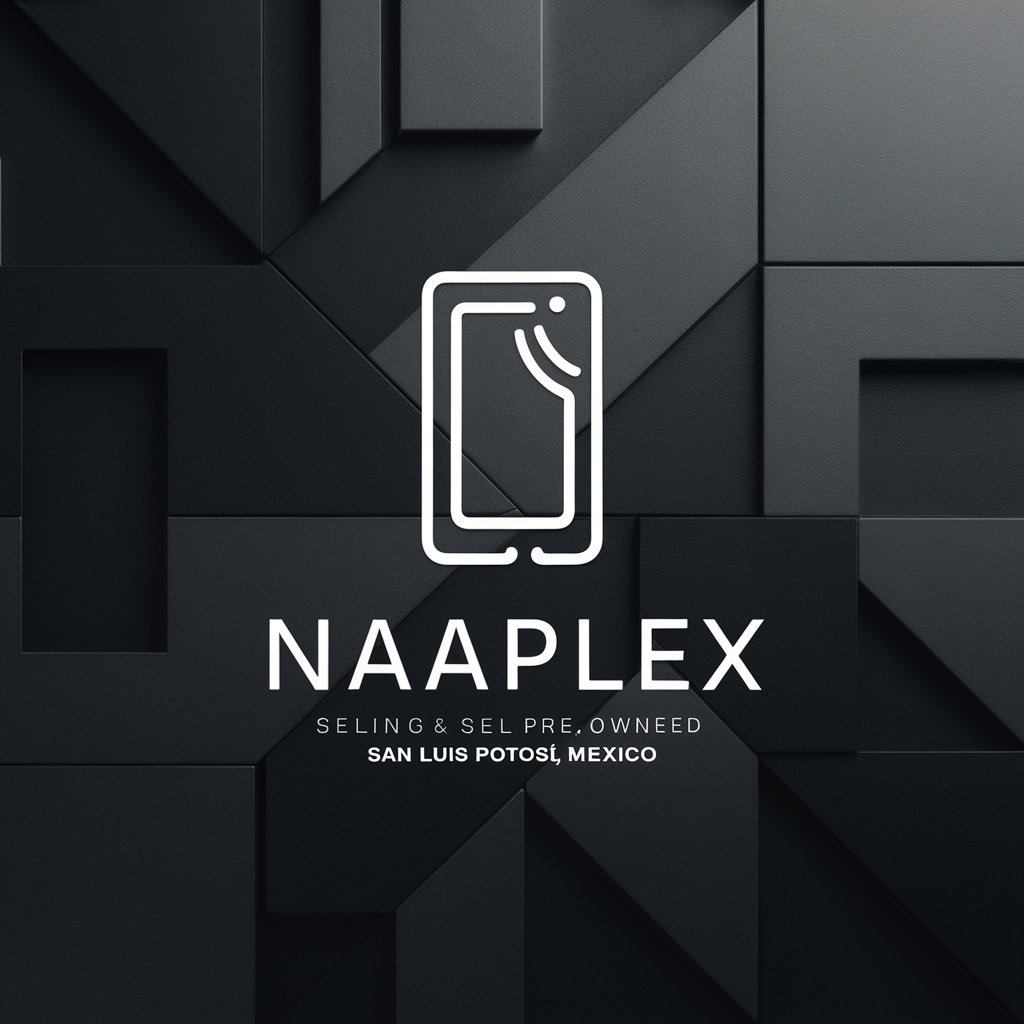
Outdoor Meta Editor
Elevate Your Outdoor Content with AI

Prompt Professor
Unleash AI Creativity, Enhance Productivity

Luna - independent personality
Engage in depth, discover in spirit.

Frequently Asked Questions About SAP PI PO CPI and Integration Wizard
What types of integrations can SAP PI, PO, and CPI handle?
These tools handle various integrations, including synchronous (real-time) and asynchronous (batch processing), supporting formats like IDoc, SOAP, OData, and REST.
Can I use Groovy scripting in SAP CPI?
Yes, Groovy scripts are frequently used to manipulate messages, such as parsing XML/JSON, setting headers, and modifying payloads dynamically.
What is the difference between SAP PI and CPI?
SAP PI (Process Integration) is on-premise middleware, while CPI (Cloud Platform Integration) is cloud-based, designed for hybrid integrations across cloud and on-premise environments.
How do I monitor integration flows in SAP CPI?
SAP CPI provides a monitoring dashboard where you can view logs, track message statuses, and drill down into errors for troubleshooting.
What are some best practices for secure integrations?
Ensure secure transmission using HTTPS and authentication methods like OAuth2. Additionally, monitor system logs to detect unauthorized access or message manipulation.
